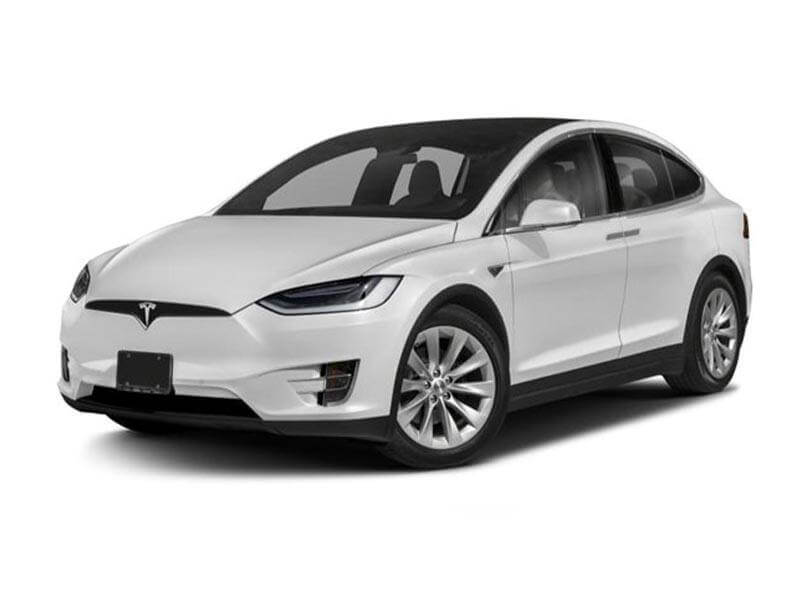Tesla cars, unlike conventional petrol vehicles, do not require standard oil changes, fuel filters, spark plug repairs, or pollution tests. This significantly decreases Tesla car maintenance costs. The main question that comes to mind is”Is a Tesla expensive to maintain”? Here is a thorough guide to Tesla vehicle maintenance and everything you need to know.

What Maintenance Is Required For A Tesla?
1. HEPA Filter
Tesla Model 3, S, Y, and X are equipped with HEPA filters. Before entering the vehicle, it cleans the air around the car from pollen, pollutants, and bacteria. To remove such particles, the HEPA system washes the air inside the cabin.

It also includes a Bioweapon Defence Mode, which shields users against a military-grade bio strike just by sitting in their vehicles. It is advised that Tesla models that include HEPA filters need to be filter replaced every 3 years.
2. Tire rotation, Balancing, and Alignment
Tesla recommends rotating the vehicle’s tires every 6,250 miles or when the tread difference is 2/32 or more (whichever occurs first). On the flip side, if you drive aggressively or recklessly, you should rotate your tires more often. Unbalanced or misaligned wheels can impact tire life and steering systems.

3. Brake Fluid Test
If the brake fluid level in the brake fluid reservoir is low, the car will display the warning “Brake Fluid Low” on the dashboard. When your brake pads wear out, the brake fluid from the reservoir flows to the brake calipers.

Such warnings are often issued after 2-3 years when your brake fluid level is quite low. Tesla suggests inspecting the brake fluid every two years and changing it if necessary.
4. Winter Preparation
If you drive in colder climates, Tesla suggests lubricating all of your brake calipers every 12 months or 12,500 miles.
Similar Posts:
- What Fluids Does a Tesla Have?
- What To Do If Tesla Update Stuck At 50?
- Does Tesla Have Run Flat Tires?
How to Perform Tesla Maintenance on Your Own?
Tesla has released various “Do It Yourself” instructions in recent years to help Tesla users carry out simple repair and setup tasks without the need for an appointment. If the user wishes to perform the maintenance operations themselves, it is totally at their discretion and comfort. Tesla offers “Do It Yourself” instructions for the Model 3, Model S, and Model X.
1. Restarting the Touchscreen
If your touchscreen doesn’t respond or behaves unexpectedly, you can reset it. Only restart the touch screen when the vehicle is in Park. Holding both of the steering wheel’s scroll buttons until the screen goes black will allow you to restart. In 30 seconds, the screen will restart.

2. Power Cycling the Car
If the car behaves unexpectedly or displays a generic alert, you can power cycle it. This should be done only when the vehicle is in the Park. You can turn off the power by going to the touch screen and selecting Settings > Security and Safety > Power Off. For the next two minutes, refrain from interacting with the car. After two minutes, apply the brake pedal to wake up the vehicle.
3. Pairing a Bluetooth Phone
To make and receive phone calls, view contact lists, and play media files, connect your Bluetooth phone to a Tesla car. This straightforward process involves using both your touchscreen and your phone. Simply go to your touchscreen, choose “Add a new device,” and then “Start Search.” Touch the phone with which you want to pair. Then, in a few seconds, your touchscreen and phone will show a random number. Check and confirm that number on both devices.
4. Connecting to WiFi
Tesla suggests connecting to WiFi whenever available to receive map and software updates. You can connect to a WiFi network by choosing the cellular data symbol.
5. Setting up Homelink
Homelink is a car-based wireless control system that enables you to automatically open and close garage doors, activate home security systems, and so on. Touch the Homelink symbol on the touchscreen to do so. Select Standard, D-mode, or UR-mode after pressing the “Create Homelink” button. Enter the name of your device and then click “Create HomeLink.” Follow the on-screen instructions, then click “Save.”
6. Changing the Key Battery
The key battery usually lasts a minimum of 12 months. If the battery is running low, a notification appears on the home screen. To change the battery, replace the bottom cover and insert a new CR2032 battery.

7. Adjust Camera Settings
After driving for 32-40 km (depending on road and weather conditions), the calibration process is complete, and the autopilot features are ready for usage.
8. Replacing Hood/Trunk Struts
If your vehicle’s struts break for any reason, they should be replaced. To swap out the hood/trunk struts, use a trim tool to loosen the clip on the top of the old structure. lubricate the pivoting points of the new struts while cleaning the vehicle mounting positions.
Tesla Service Cost
The Tesla maintenance expense includes more than simply standard services. The annual cost of Tesla ownership includes mechanical repairs as well.
However, when considering Tesla’s annual maintenance cost, you should keep in mind that Teslas are luxury vehicles. While electric cars are cheaper to repair than conventional vehicles, premium vehicles are more expensive.
Conclusion
Proper maintenance is required to keep them safe and reliable. Regular maintenance inspections ensure that your Tesla vehicle is running at its best performance. Following the prescribed maintenance schedule and critical maintenance advice will help extend the life and value of your vehicle.


![[ANSWERED] What Maintenance Does A Tesla Need? What Maintenance Does A Tesla Need?](https://carstale.com/wp-content/uploads/what-maintenance-does-a-tesla-need-1024x457.jpg)